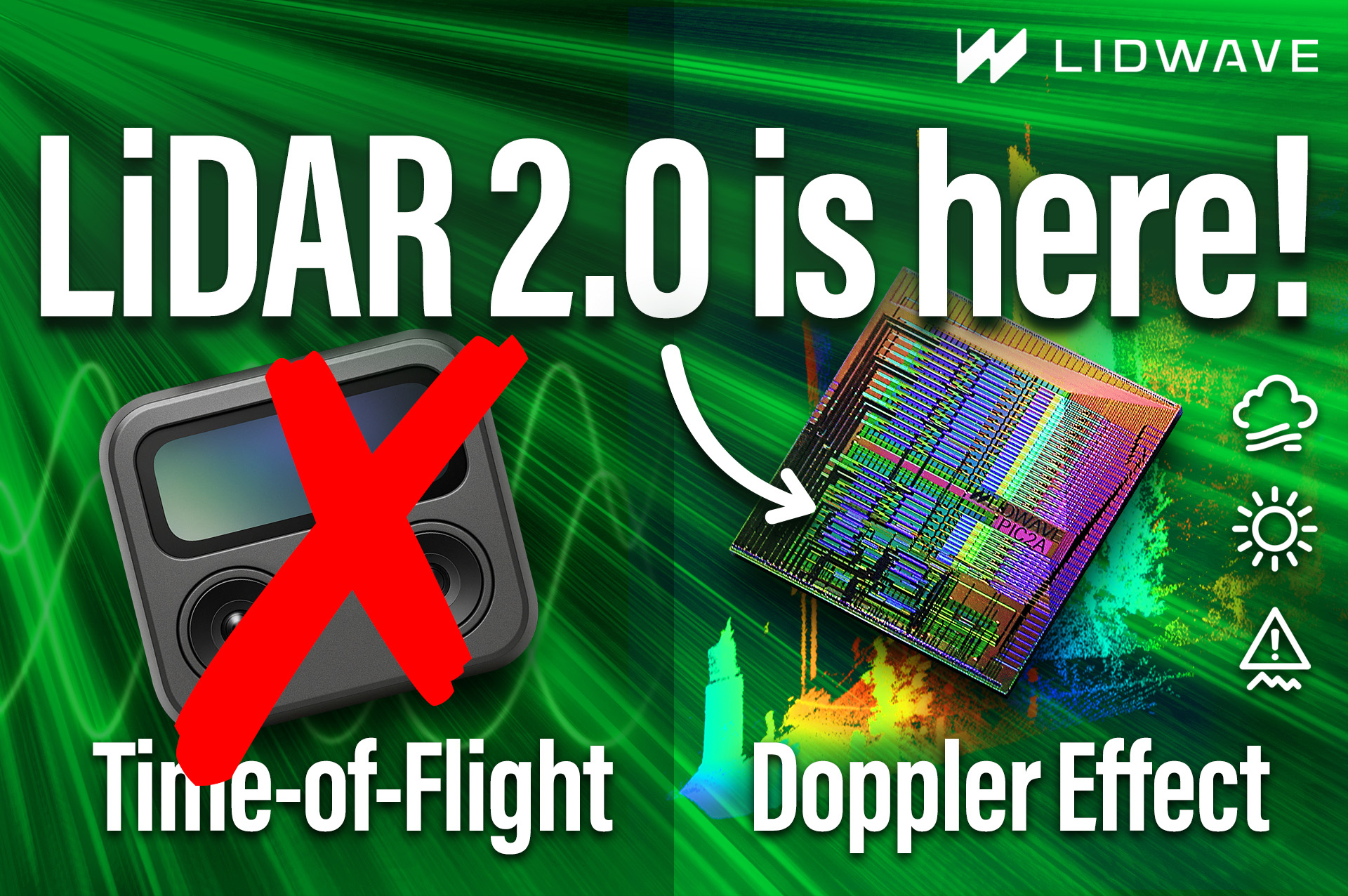Lidwave 2 is a next-generation LiDAR alternative that uses coherent sensing instead of traditional time-of-flight technology. This allows engineers to achieve significantly improved performance in challenging conditions while also reducing size, cost, and complexity. The Lidwave chip is built for engineers looking to scale high-performance depth-sensing systems into industrial, automotive, or robotic applications.
Unlike time-of-flight systems that rely on laser pulse reflection, the Lidwave emits a continuous-wave laser and interprets the return signal using Doppler shift, enabling real-time velocity detection for each pixel. This adds a fourth dimension to traditional 3D LiDAR data, providing instant insight into both position and motion.
One standout feature of the Lidwave chip is its incredibly high signal-to-noise ratio—up to 40 million times better than existing solutions. This allows the chip to operate on milliwatt-level laser power and still achieve a range of 600 metres or more, all while remaining eye-safe. The integrated architecture includes emitters, receivers, amplifiers, and 40 channels on a compact 10×10 mm die.
The Lidwave chip also brings micro-level resolution to high-speed sensing. With depth resolution down to 50 microns, it supports quality assurance and measurement use cases that were previously outside the scope of LiDAR. This level of performance would typically require expensive lab equipment; now, it’s available in a single chip.
Thanks to its resistance to interference from fog, dust, sunlight, or other systems, the Lidwave delivers dependable performance in real-world conditions. This makes it well-suited to autonomous vehicle systems, security infrastructure, and smart industrial control.
The company provides evaluation kits for partners interested in integrating the technology, and the chip’s small footprint makes it an ideal choice for compact designs. For engineers frustrated by the limitations of legacy LiDAR, Lidwave presents a future-ready alternative—smaller, smarter, and built for scaling.
Comments are closed.

Comments
No comments yet